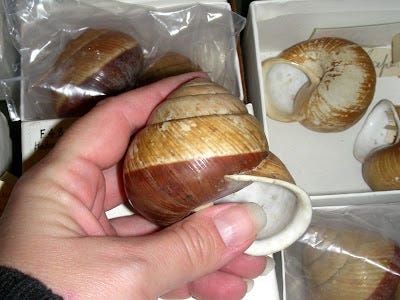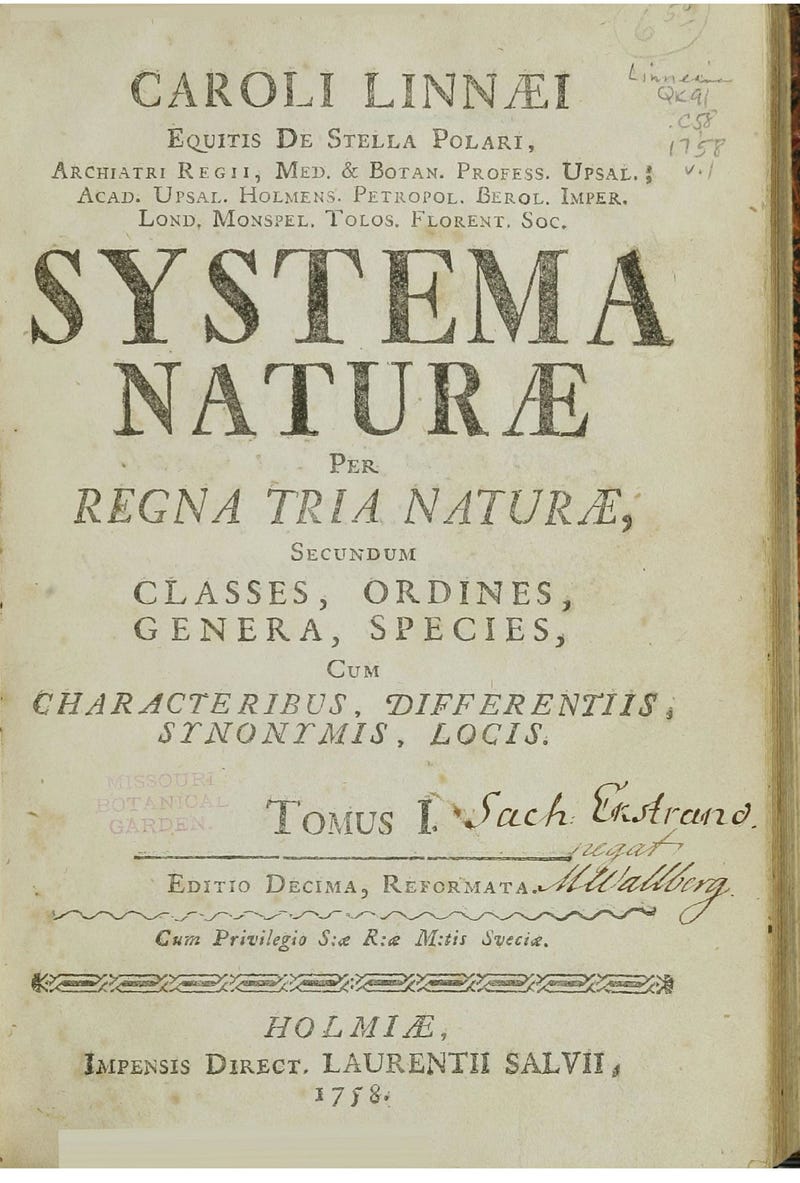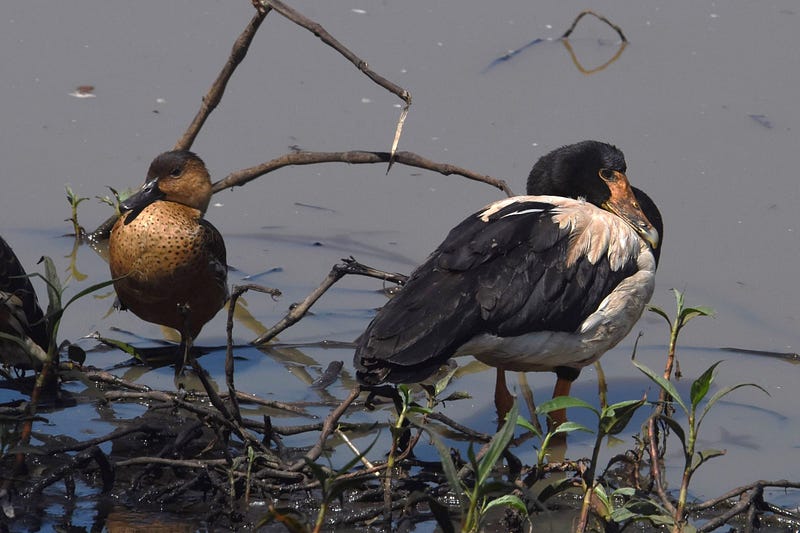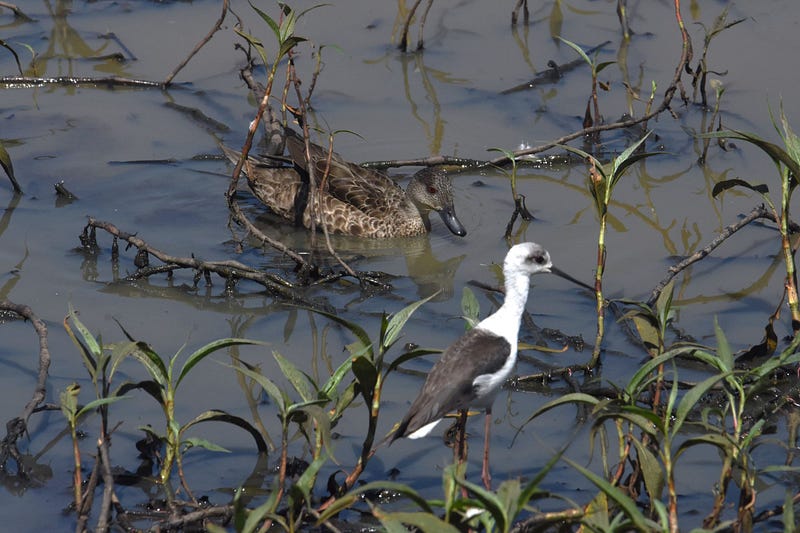Understanding Taxonomy: The Significance of Names in Nature
Written on
The Importance of Taxonomy
Recently, I found myself engaged in an enlightening discussion about plant names.
I pointed to a flowering weed and said, "This is Jessamine." The other person corrected me, "You mean Jasmine." I insisted, "No, it’s Jessamine." They replied, "It’s pronounced Jasmine." I clarified, "This is a Cestrum. Jasmine refers to Jasminium."
This exchange highlighted the complexities of plant nomenclature. While I stood firm on my identification, both of us had valid points. Jessamine (Cestrum, Solanaceae) and Jasmine (Jasminium, Oleaceae) are, in fact, completely different plants. Notably, some unrelated species share the name Jasmine, such as Cestrum nocturnum, commonly known as Night-flowering Jasmine.
The difficulty of learning Latin names can be as challenging as mastering common names. My background as a taxonomist involved naming new species—an endeavor that requires a deep understanding of the relationships among various organisms. I specialized in land snails from the Australian Wet Tropics, often favoring a broader classification at the species level, while being more specific at the genus level. Back in those days, molecular analyses were not yet commonplace, and sending samples for testing was prohibitively expensive. Thus, my research relied on reproductive anatomy and shell features rather than DNA analysis.

The process of describing a new species is both enjoyable and meticulous. It requires comparing the new species against existing ones to identify consistent differences. Each species has a holotype—a reference specimen to which taxonomists can refer when making comparisons. Additional specimens, known as paratypes, provide a range of variation essential for accurate identification.
Sometimes, what starts as a simple task of describing a new species can lead to extensive taxonomic revisions. A single species description may evolve into a comprehensive scientific monograph. The binomial nomenclature system we use today was formalized by Swedish botanist Carl Linnaeus. His pivotal works, Species Plantarum (1753) and the tenth edition of Systema Naturae (1758), laid the groundwork for this system.

A species name consists of two parts: the genus, which is always capitalized, and the specific epithet, which is not. Together, they indicate that the organism belongs to a group of closely related species while distinguishing it from others. Additionally, Linnaeus introduced a hierarchical classification system, which organizes living organisms into ranks: kingdom, phylum, class, order, family, genus, and species.

For instance, the Wandering Whistling-duck (Dendrocygna arcuata) and Magpie Goose (Anseranas semipalmata) are both members of the family Anatidae. The genus Dendrocygna, which includes several species found in warmer regions, encompasses these ducks. Interestingly, the Magpie Goose is so unique that it resides in its own family, Anseranatidae, despite being related to Anatidae.

In my birdwatching endeavors, I've been keeping a life list— a record of all the bird species I've observed in the wild. Currently, my list includes over 500 species, but I haven't been able to add new ones recently. My last three additions were a mix of common and rare sightings: the Brush Cuckoo, the Black Bittern, and the rare Nordmann's Greenshank, which made an unexpected appearance in Cairns.
The Brush Cuckoo, despite being relatively common in some areas, had evaded me for years until it finally visited my garden. This is what birdwatchers call an "armchair tick," a term for adding a species to one's list due to taxonomic revisions.
Consider the impact of taxonomy on conservation: imagine if the population of a species becomes endangered due to habitat loss or climate change. Prior to a split in classification, one might assume the species has a stable population. However, if it is split into separate species, the situation becomes more dire, emphasizing the importance of taxonomy in understanding biodiversity.
Taxonomy plays a crucial role in appreciating the richness of the natural world. Understanding the names and classifications of species is vital for conservation efforts and biodiversity awareness.
Chapter 2: Exploring Taxonomy in Action
This first video, titled "What's in a Name?", delves into the significance of naming in the natural world, highlighting how taxonomy helps us understand species diversity.
The second video, also titled "What's in a Name," further explores the complexities of taxonomy and its importance in scientific research and conservation efforts.